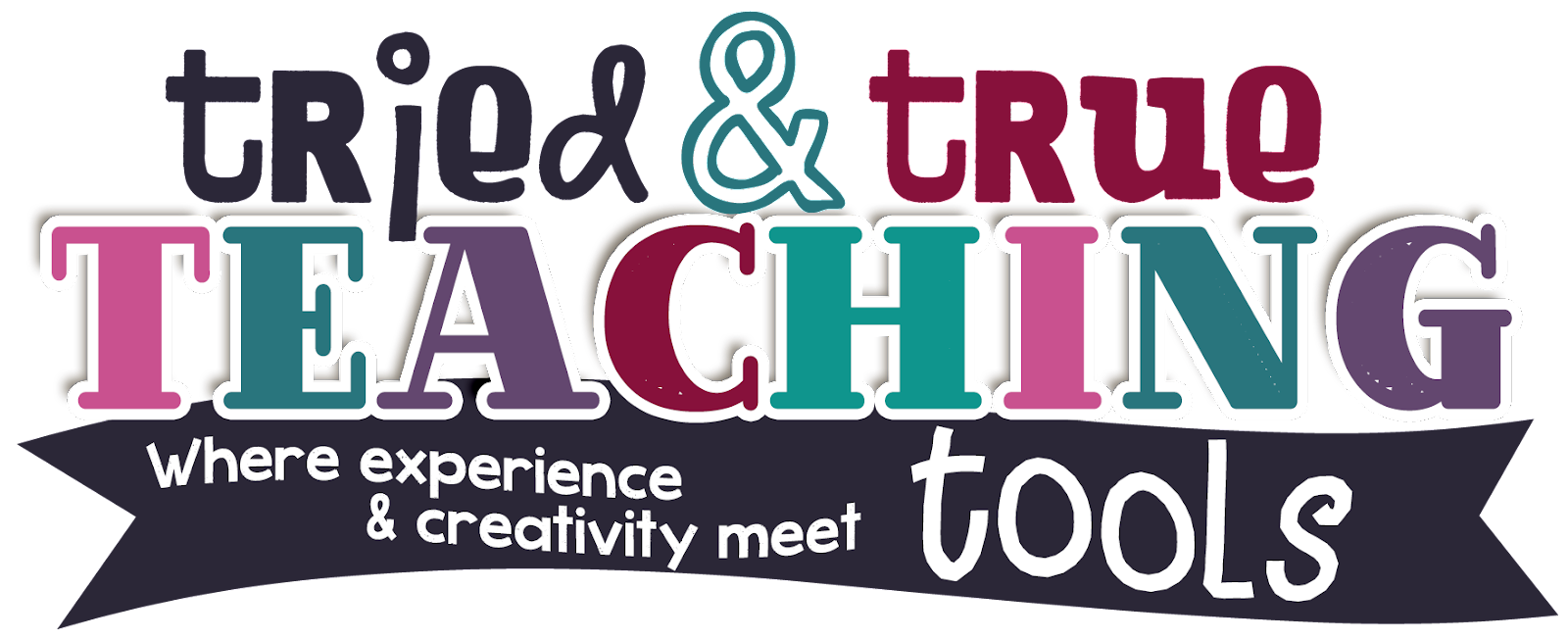Year after year, I have students or parents who state, "I'm not a math person" or "I'm bad at math" or worse yet, when a parent says to the child, "You must take after me; I'm terrible at math." As if it's a genetic disposition!
I want to eliminate this attitude and misconception! It's become my mission to expose my students to real life mathematicians, beyond "dead white guys". I want them to read about and learn about those who have overcome the odds to succeed and to realize there is not a "math person". To do this, I've been collecting picture books about mathematical heroes, otherwise known as mathematicians.Here are the books I have so far:
Note: Some of the links in this post are affiliate links. This means that I am a participant in the Amazon Services LLC Associates Program, an affiliate advertising program designed to provide a means for sites to earn advertising fees by advertising and linking to amazon.com.










To better represent my students, I specifically tried to find books about women and mathematicians of color. However, it was hard! Then I discovered this website, Not Just White Dude Mathematicians. This website is set up as a table; mathematicians can be searched by gender and ethnicity and it is constantly being updated. Note: some of the website links for certain mathematicians take students to a Wikipedia page, which I warn my students not to trust (or to at least cross-reference their information). This is best used as teacher information. At some point, I want to curate a student-friendly list or table using the links on Not Just White Dude Mathematicians.
So. . . other than a great read aloud, what to do with learning facts about all these cool people? I wanted my kids to feel inspired by the same wonder and curiosity that these mathematicians exhibited. After reading just a few of these books, students began to observe a common theme emerging: all of these mathematicians had a growth mindset! My kids started noticing common attributes such as curiosity, determination, self-motivation, and thinking outside the box. They loved learning about real "characters" who weren't afraid to go against society during their time. In comes The Mathematicians Project!
Students will select a mathematician and using one of the picture books and/or online research, they will take notes on their life, focusing on what led up to them becoming a mathematician and identifying specific traits. A simple way to gather notes is to use a step book. Click HERE to watch how to make a step book.
After learning about their mathematician, students will present this information in Thinglink, an interactive platform that makes learning come alive! To use Thinglink, students first choose an image of their mathematician to use as the main background image. Next, create a tag for each required element by clicking anywhere on the image. Elements include birth, childhood & family, events leading up to their career, characteristics of mathematicians (evidence), contributions to society. 
Students can type information into a text box, as well as insert additional images to enhance their information. (This is all in the free version of Thinglink) With the paid version of Thinglink, students can also insert audio and video.
I'm super excited for my students to start this Mathematicians Project after Winter Break! Do you know other mathematicians to add to the list?
Check out these other great ideas for inspiring wonder and curiosity with your upper elementary students!
Check out these other great ideas for inspiring wonder and curiosity with your upper elementary students!
From Left to Right:
"Writing Riddles" for Mini-Research in Science | Tarheelstate Teacher
3 Ways to Strengthen Student Questioning During Reading | Think Grow Giggle
Mathematical Curiosity + Word Problems | Mix and Math
Wonder Walls & STEM Challenges | Kerry Tracy
Word Wonders: Collecting Multisyllabic Words | Reading by Heart
Using Visible Thinking to Read With Wonder | Wild Child's Mossy Oak Musings
Stimulating Curiosity through Questioning | The Owl Teacher
Inspiring Curiosity through Technology | Love Learning
Mathematicians Inspire Wonder & Curiosity | Tried and True Teaching Tools
Taking KWL Charts Up a Notch | Elementary Inquiry





No comments
Post a Comment